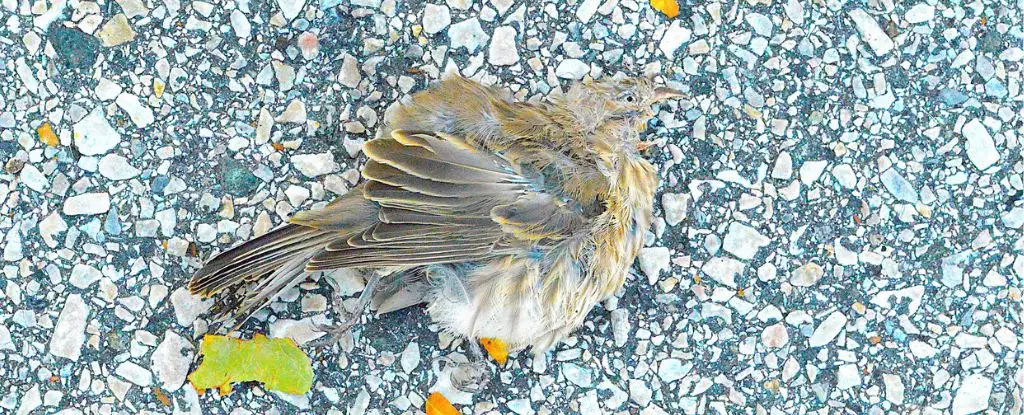It’s not just those involved in the agricultural industry who need to be concerned about the current outbreak of bird flu in the United States. According to scientists, even city residents, especially those with pets, are advised to be cautious. The New York City Virus Hunters (NYCVH) Program, a community science initiative, has conducted research that reveals a small number of birds passing through New York City in recent years were carrying a highly contagious strain of avian influenza. This poses a potential risk to both humans and pets residing in urban areas.
Between 2022 and 2023, volunteers working with the NYCVH Program collected 1,927 bird droppings samples from various parks and green spaces in the city, as well as samples from animal rehab centers. From these samples, it was discovered that six birds, including a red-tailed hawk, three Canada geese, a peregrine falcon, and a chicken, tested positive for the virus. While the presence of bird flu in New York City may have a low risk, it is not entirely risk-free. Microbiologist Christine Marizzi from the Icahn School of Medicine at Mount Sinai advises people to be cautious and to keep their distance from wildlife, including preventing pets from coming into close contact with wild animals.
New York City serves as a pathway for numerous migrating birds, bringing them into contact with a densely populated area where humans and pets reside. This urban animal-human interface presents a scenario where infectious diseases can easily spread without public awareness. The current highly pathogenic avian influenza strains have been circulating in New York for at least two years. While there have been no reported cases of human infection, the recent case in Texas, where a farmworker became ill after coming into contact with a sick cow infected with bird flu, raises concerns about potential mammal-to-human transmission of the virus.
The World Health Organization (WHO) has reported limited cases of humans contracting bird flu from birds since the start of the current outbreak. The case in Texas is one of the few instances of mammal-to-human transmission. WHO officials are closely monitoring the situation, particularly the potential threat of mammal spillovers, as the H5N1 virus can be fatal if transmitted to humans. The outbreak in the US has not only affected migrating birds but also various wild and domestic animals, including foxes, raccoons, possums, skunks, seals, leopards, bears, mountain lions, bobcats, cattle, goats, and domestic pets like cats and dogs.
The current avian flu outbreak is being described by some at WHO as a global zoonotic animal pandemic. Understanding the role of birds in the transmission of influenza and other avian viruses is crucial for identifying potential threats to both birds and humans. Marizzi emphasizes the importance of monitoring bird populations to track circulating viruses in urban areas. It is essential for individuals, especially pet owners, to remain vigilant and take precautions to prevent the spread of bird flu. Regular monitoring and reporting of sick or dead birds can help in limiting the transmission of avian influenza within urban communities.
The threat of bird flu in urban areas presents a significant challenge for public health officials, scientists, and residents alike. By raising awareness, implementing preventative measures, and conducting ongoing research, it is possible to mitigate the risks associated with avian influenza and protect both human and animal populations in urban environments.


Leave a Reply